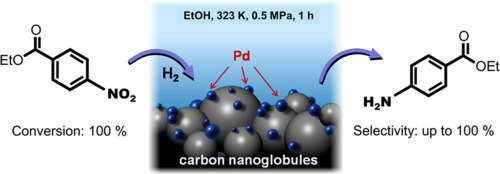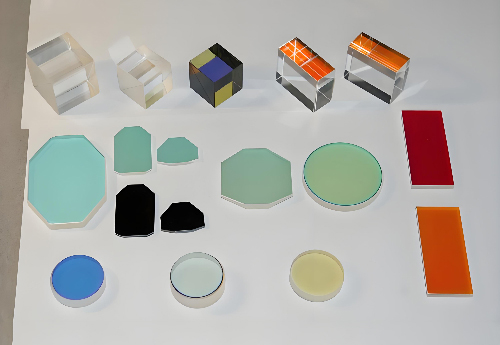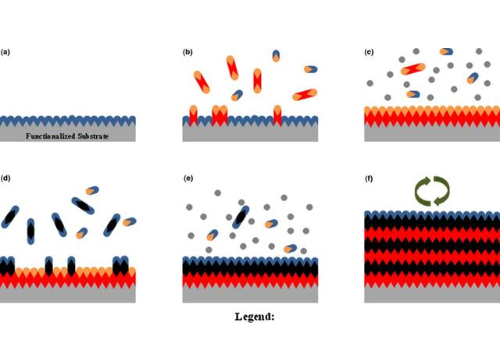Additive Manufacturing vs Traditional Manufacturing
Introduction
Additive Manufacturing (AM), or 3D printing, has emerged as a groundbreaking technology that is revolutionizing traditional production methods across industries. Its ability to create complex and customized objects by adding material layer by layer is reshaping the way we design, prototype, and manufacture products in sectors like aerospace, automotive, healthcare, and consumer goods.
In this article, we will explore the common features and advantages of this transformative technology by comparing it with traditional manufacturing methods. Hope that you can have a better understanding and get the perfect AM materials for your business or research.
What Is Additive Manufacturing?
Additive manufacturing is a collection of technologies that fabricate three-dimensional objects through a layer-by-layer construction process. Unlike traditional manufacturing methods that involve subtractive processes such as cutting, drilling, and machining, AM is an additive process where objects are added one layer at a time.
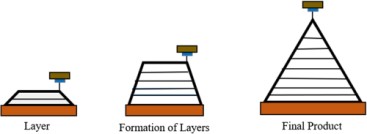 [1]
[1]
Figure 1. 3D Printing
The typical steps in an AM process are as follows:
1. Design: The first step in AM is to create a digital 3D model of the object using computer-aided design (CAD) software. This digital model serves as the blueprint for the physical object.
2. Preparation: The digital model is prepared for printing by slicing it into thin cross-sectional layers. This step determines the layer thickness and provides instructions for the AM machine on how to build the object layer by layer.
3. Printing Process: The printing process begins when the AM machine starts building the object layer by layer. The specific AM technology determines the exact process. For example, in fused deposition modeling (FDM), a filament of thermoplastic material is heated and extruded onto the build platform.
4. Post-Processing: After the printing is complete, post-processing steps may be required to refine the object, which may include removing support structures, cleaning, polishing, and surface treatment to achieve the desired final characteristics.
Related reading: 3D Printing Powder: What is it & How is it Used?
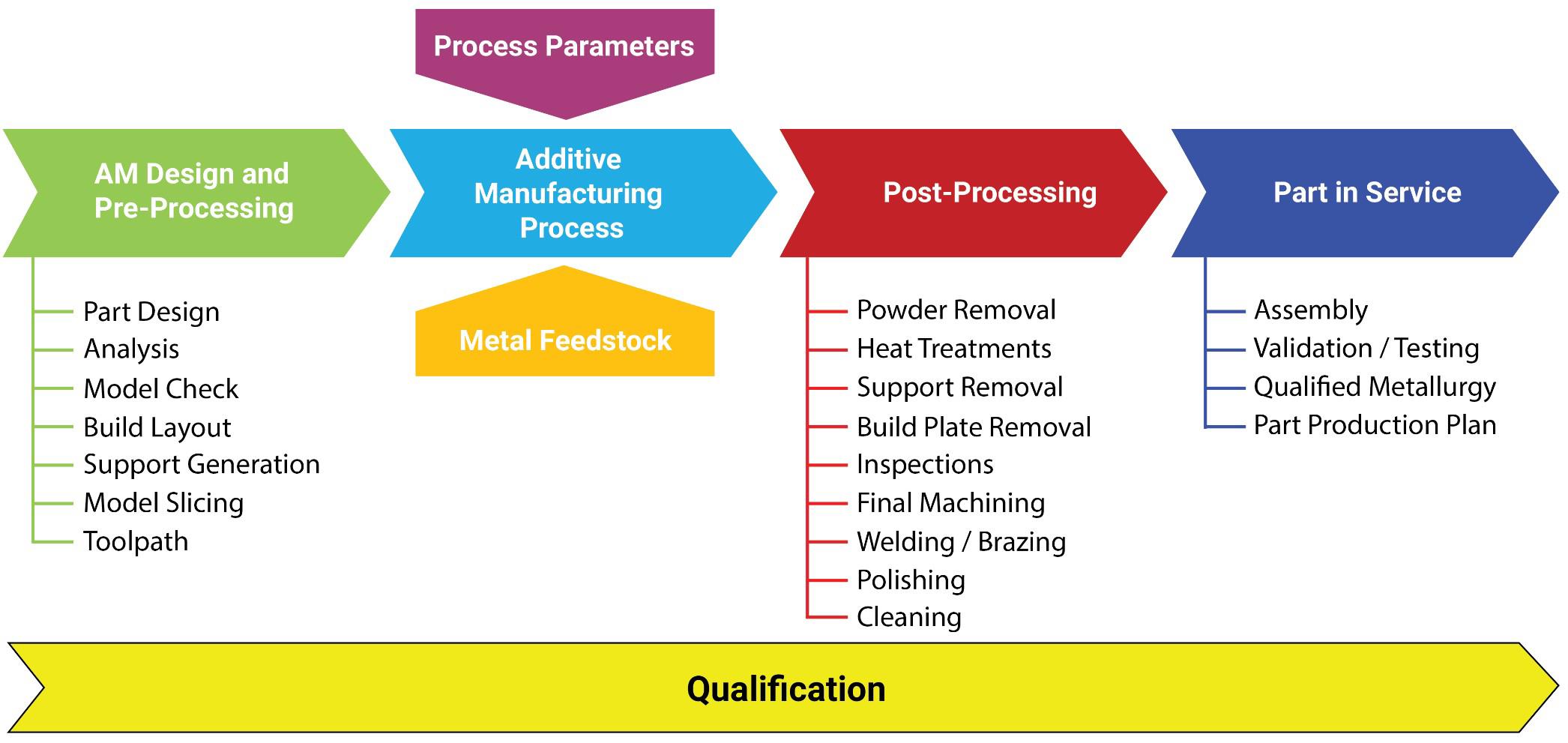
Figure 2. AM Process
Additive Manufacturing vs Traditional Manufacturing
As technology develops, additive manufacturing continues to gain momentum and introduces several advantages over traditional manufacturing methods.
- Complex Geometries: AM allows for the creation of complex patterns, including intricate internal structures and organic shapes, which are challenging or impossible to produce with traditional methods.
- Customization: It enables easy customization and personalization of products, while conventional methods are suited for mass production. Using AM, each item can be tailored to specific requirements without incurring additional tooling costs or production delays.
- Waste Reduction: AM processes generate minimal waste material since they add material selectively, using only what is necessary to build the object. This also reduces material costs and environmental impact.
- Simplified Equipment: Traditional manufacturing processes often involve multiple steps, each using different machines. Yet, in additive manufacturing, a single device handles all aspects of creation. For example, metalworking often uses a combination of turning, milling, and drilling to produce a finished metal part.
- On-Demand Production: AM allows for decentralized and on-demand production, reducing the need for large inventories and enabling localized manufacturing. It lowers the barriers to entrepreneurship and product development. With the help of 3D printers, companies can prototype and produce their products in a single device instead of investing in an entire factory.
Applications of Additive Manufacturing
With these benefits, additive manufacturing has applications in various industries, including aerospace, automotive, healthcare, consumer products, architecture, and more. It is transforming manufacturing with the features below.
Table 1. Additive Manufacturing vs Traditional Manufacturing
| Additive Manufacturing | Traditional Manufacturing |
Geometry | No limitations, Intricate internal structures and organic shapes, | Limitations, |
Customization | Tailored to specific requirements, | Limitations, |
Waste Reduction | Minimal waste material, Less cost and environmental impact, | Byproducts and waste materials, |
Facility Requirements | Desktop machines need a workshop environment with moderate space. | Industrial systems require large space. |
Goal | Mass Customization | Mass Production |
Conclusion
In a word, the comparison between additive manufacturing and traditional manufacturing reveals a dynamic landscape where these approaches offer unique advantages and considerations. AM introduces a disruptive approach with its complex geometries, customization capabilities, rapid prototyping, and material efficiency. While traditional manufacturing methods have long been the foundation of mass production.
Ultimately, the choice between AM and traditional manufacturing depends on factors such as production volume, complexity of design, material requirements, and time constraints. The key lies in understanding the nuances of each approach and embracing the transformative power of additive manufacturing. For more information related to AM materials, please check Stanford Advanced Materials (SAM).
Reference:
[1] Thakur, Vishal & Singh, Roopkaran & Kumar, Ranvijay & Gehlot, Anita. (2022). 4D printing of thermoresponsive materials: a state-of-the-art review and prospective applications. International Journal on Interactive Design and Manufacturing (IJIDeM). 1-20. 10.1007/s12008-022-01018-5.

